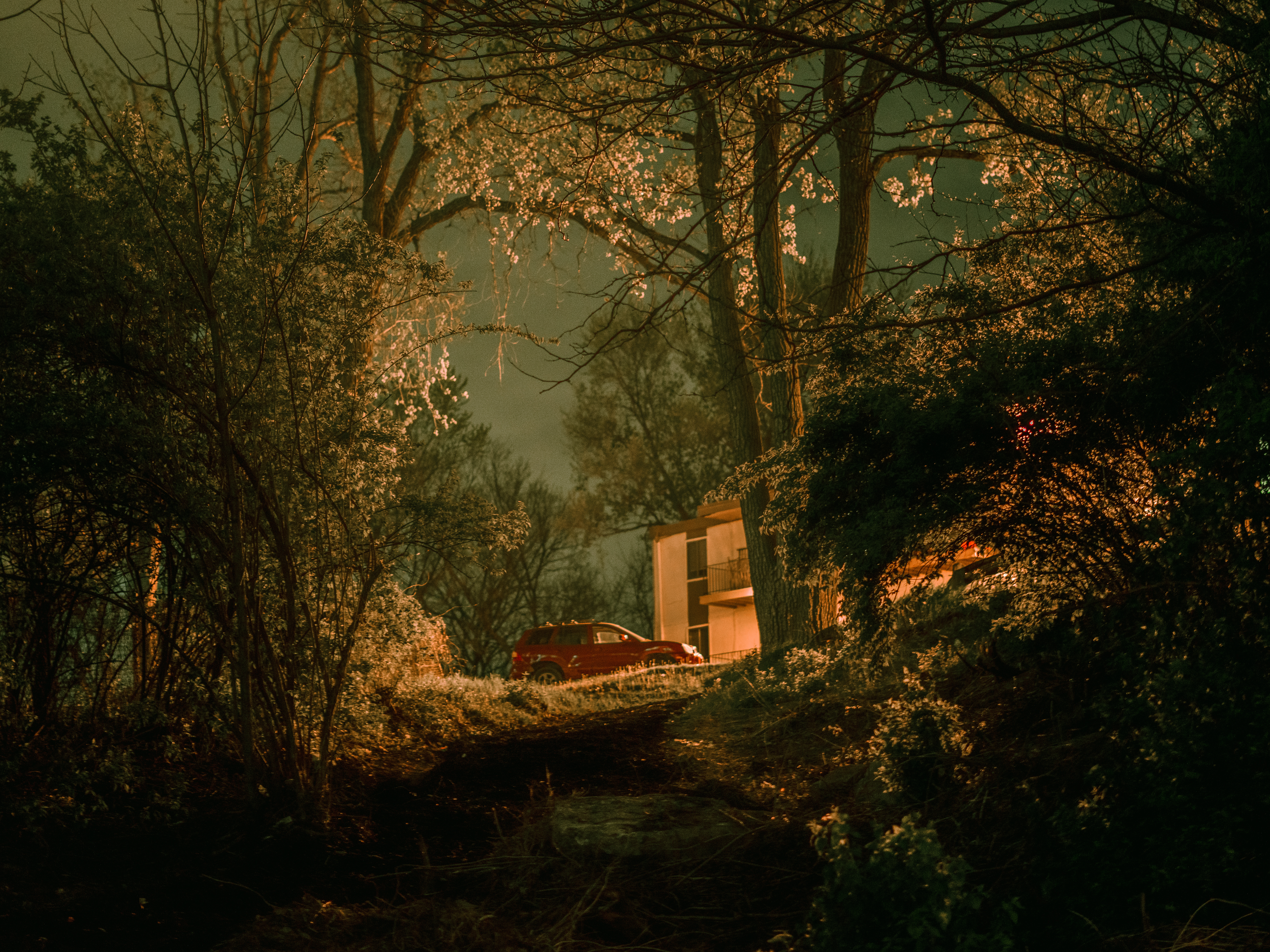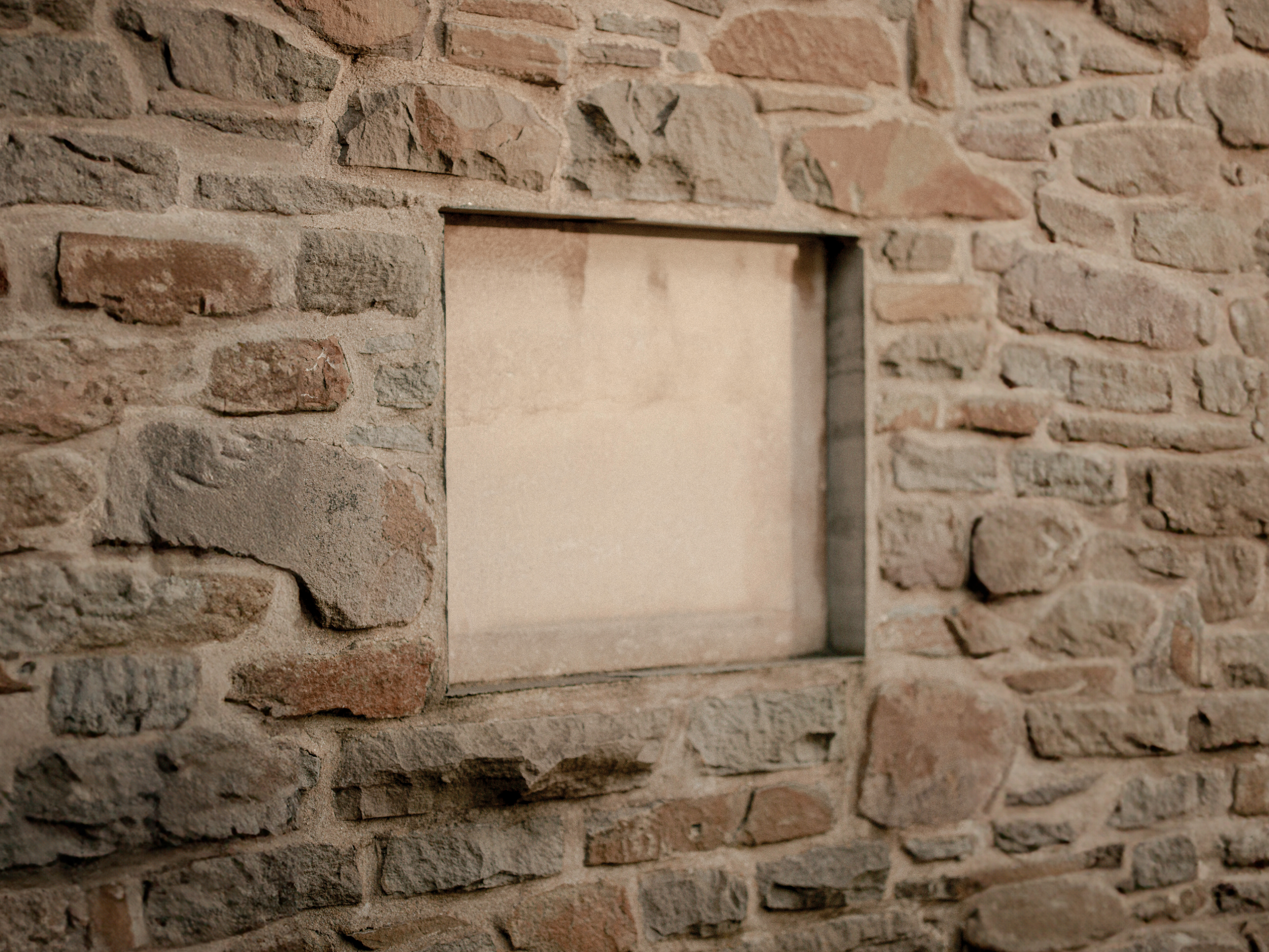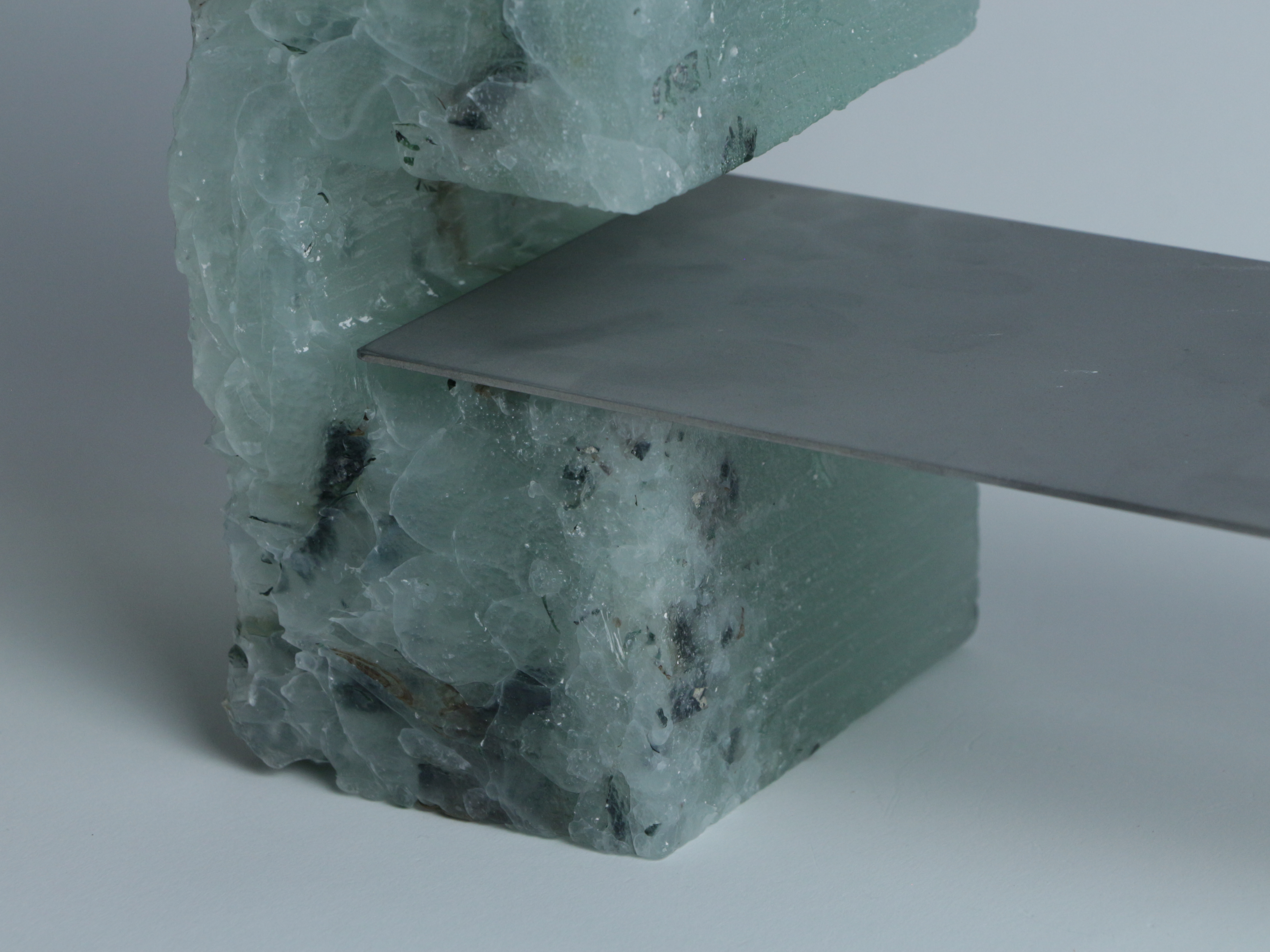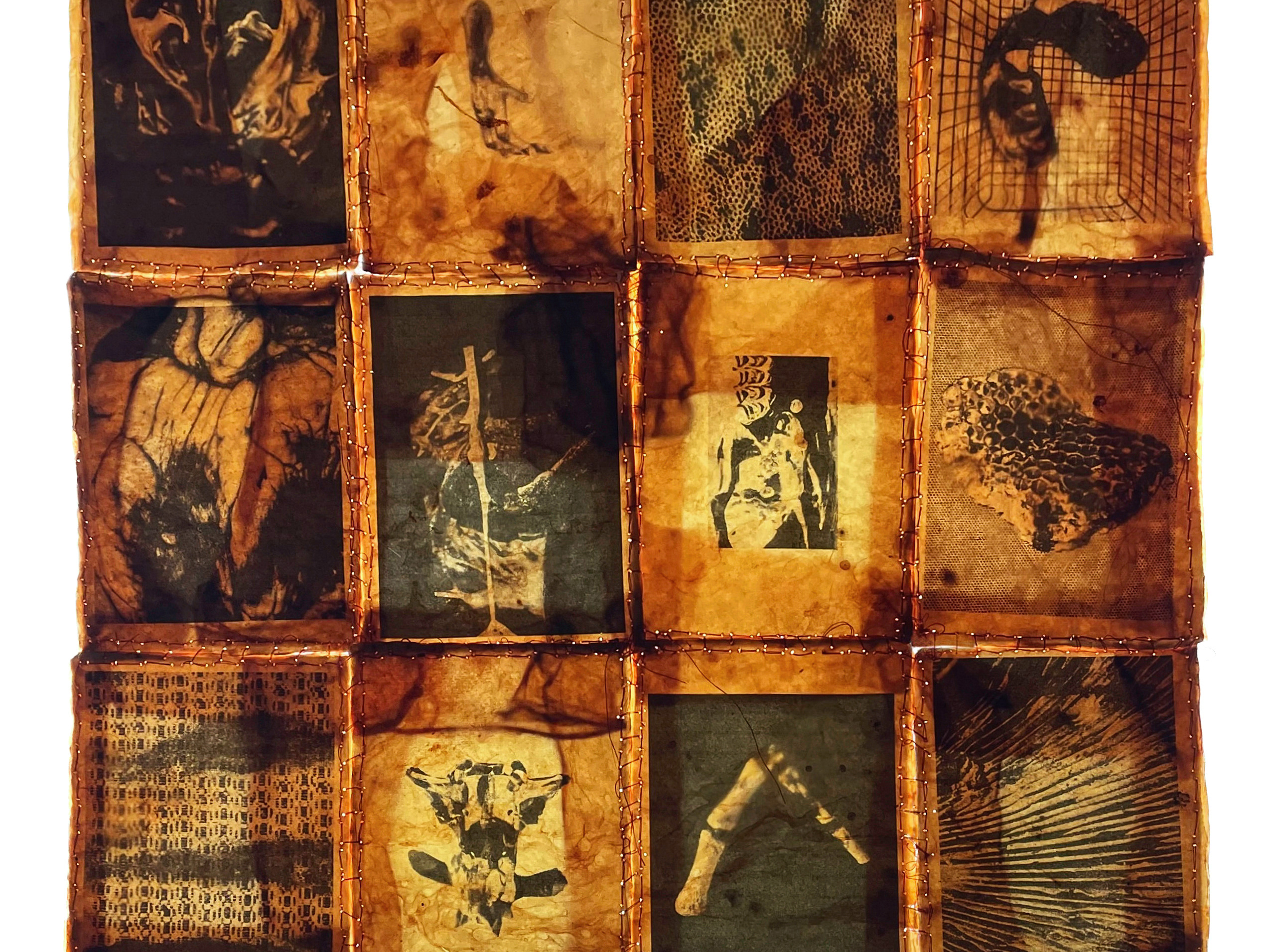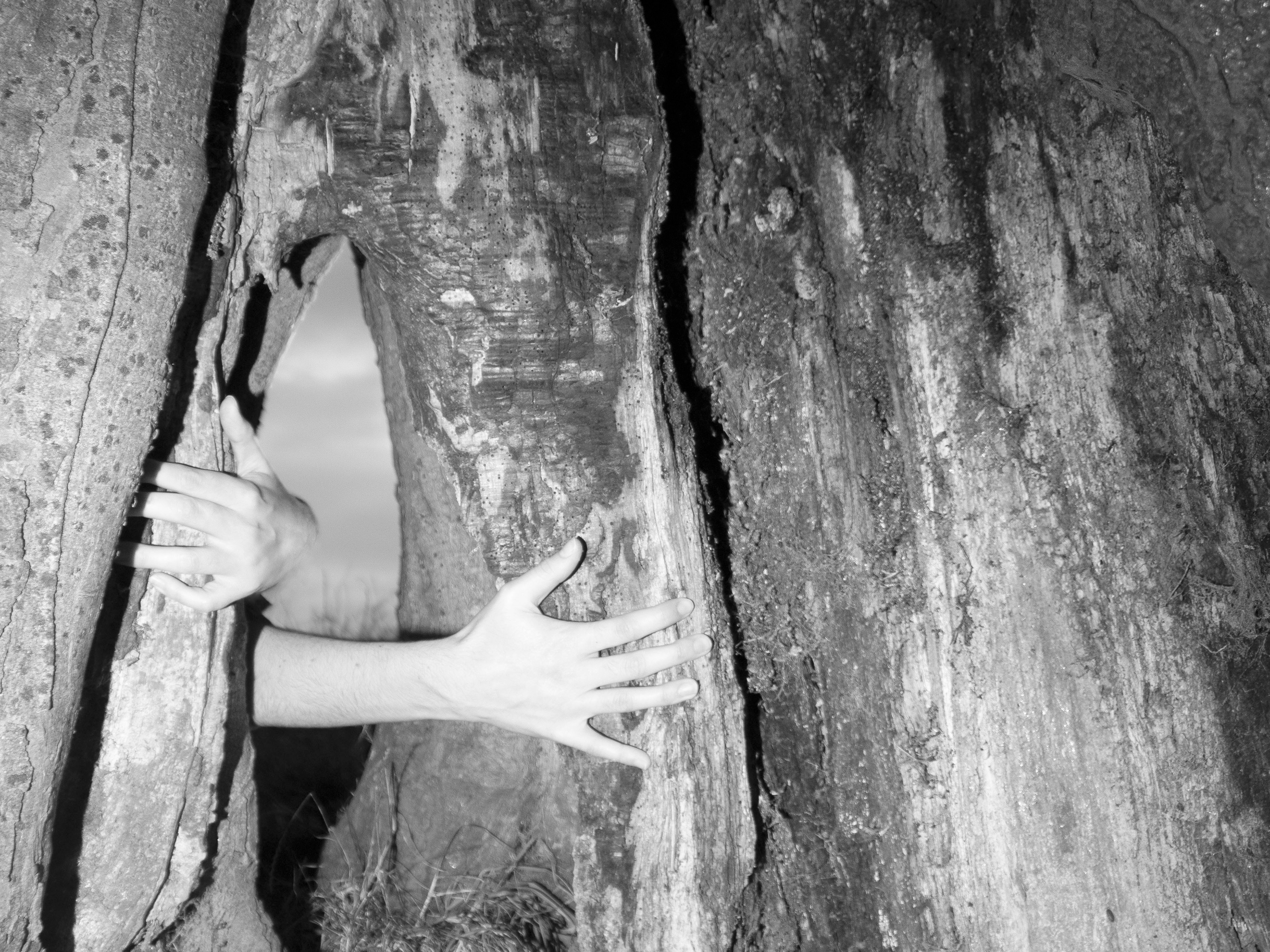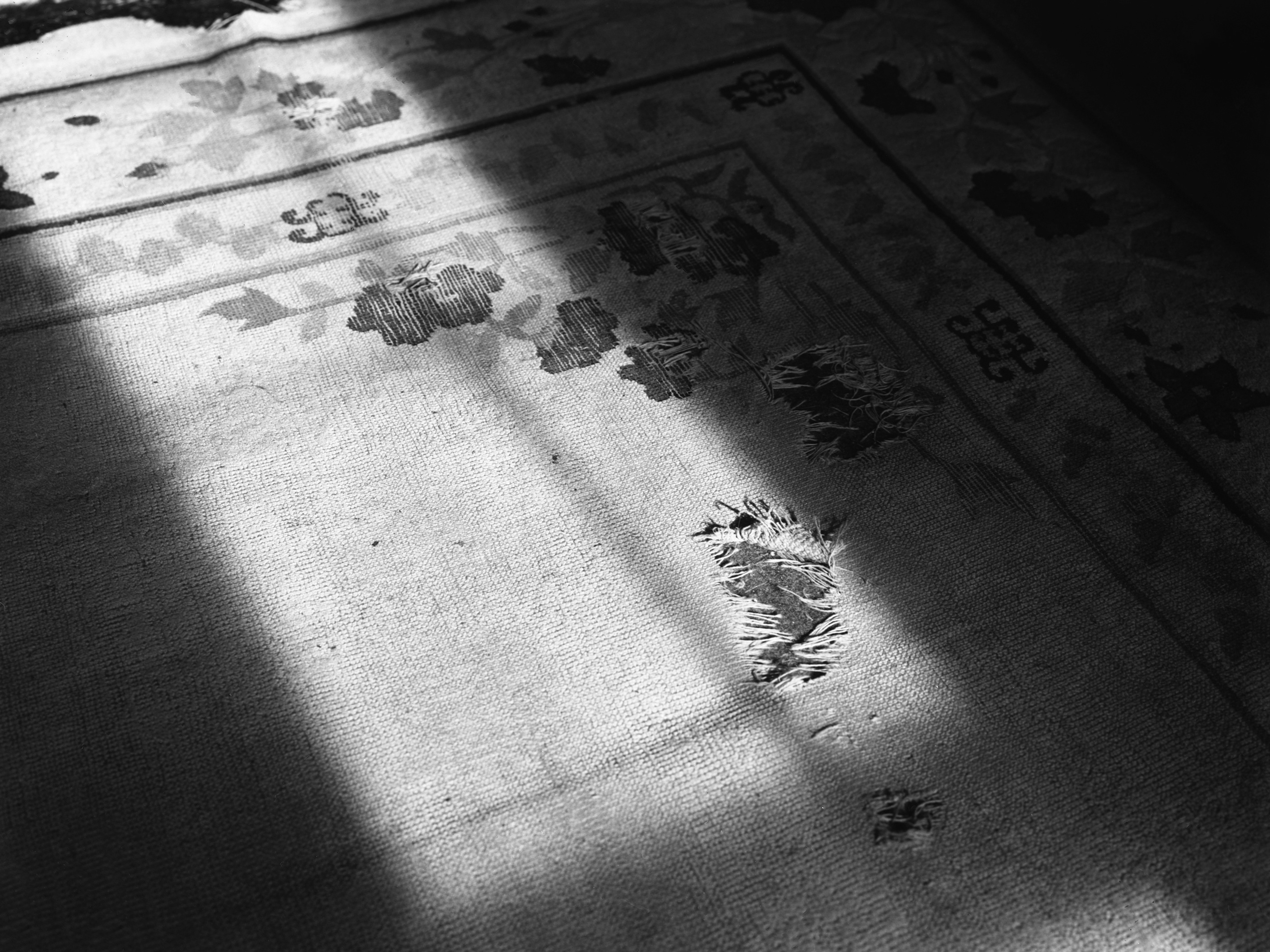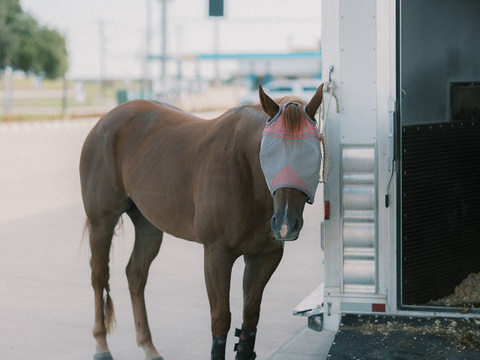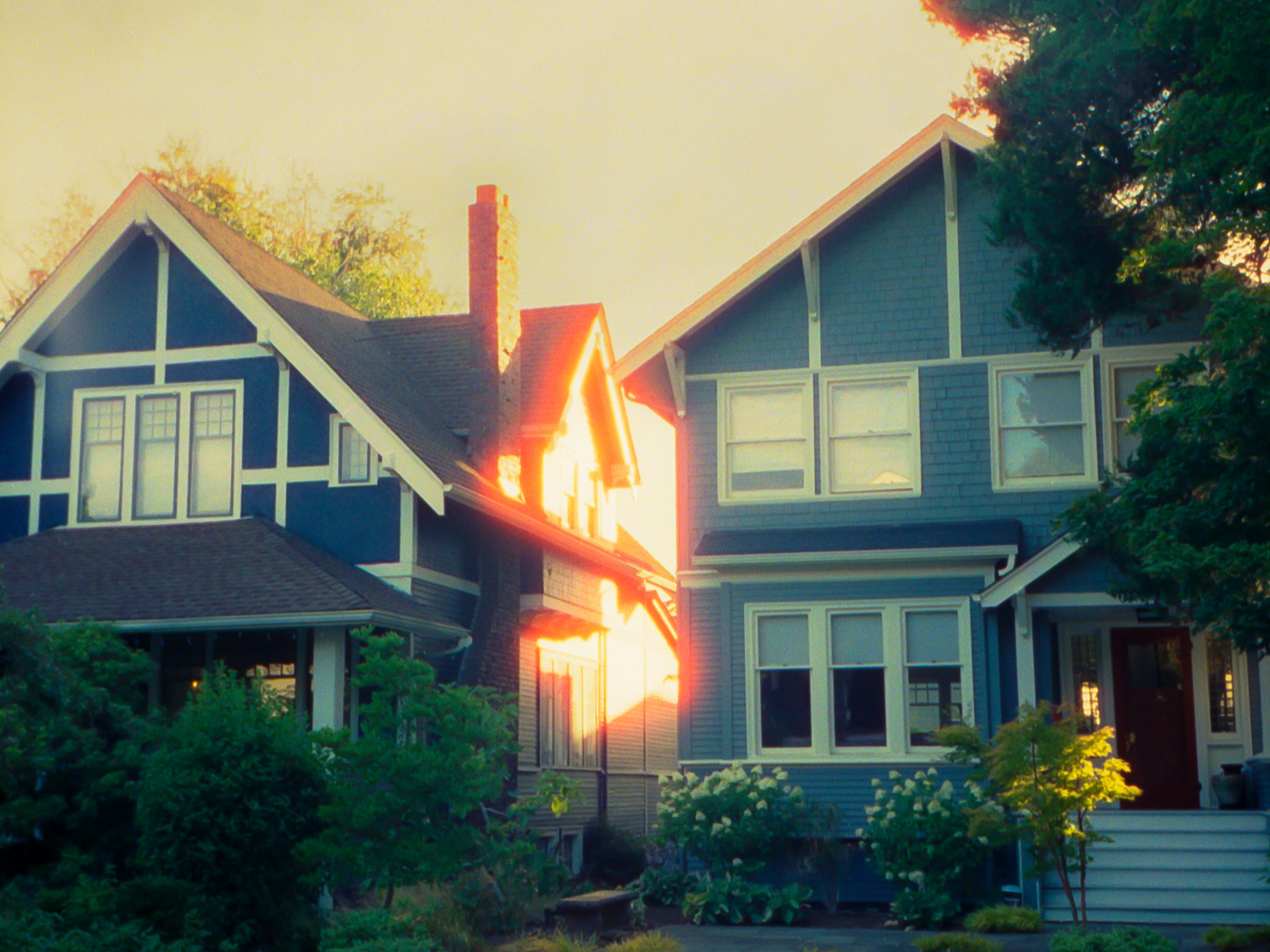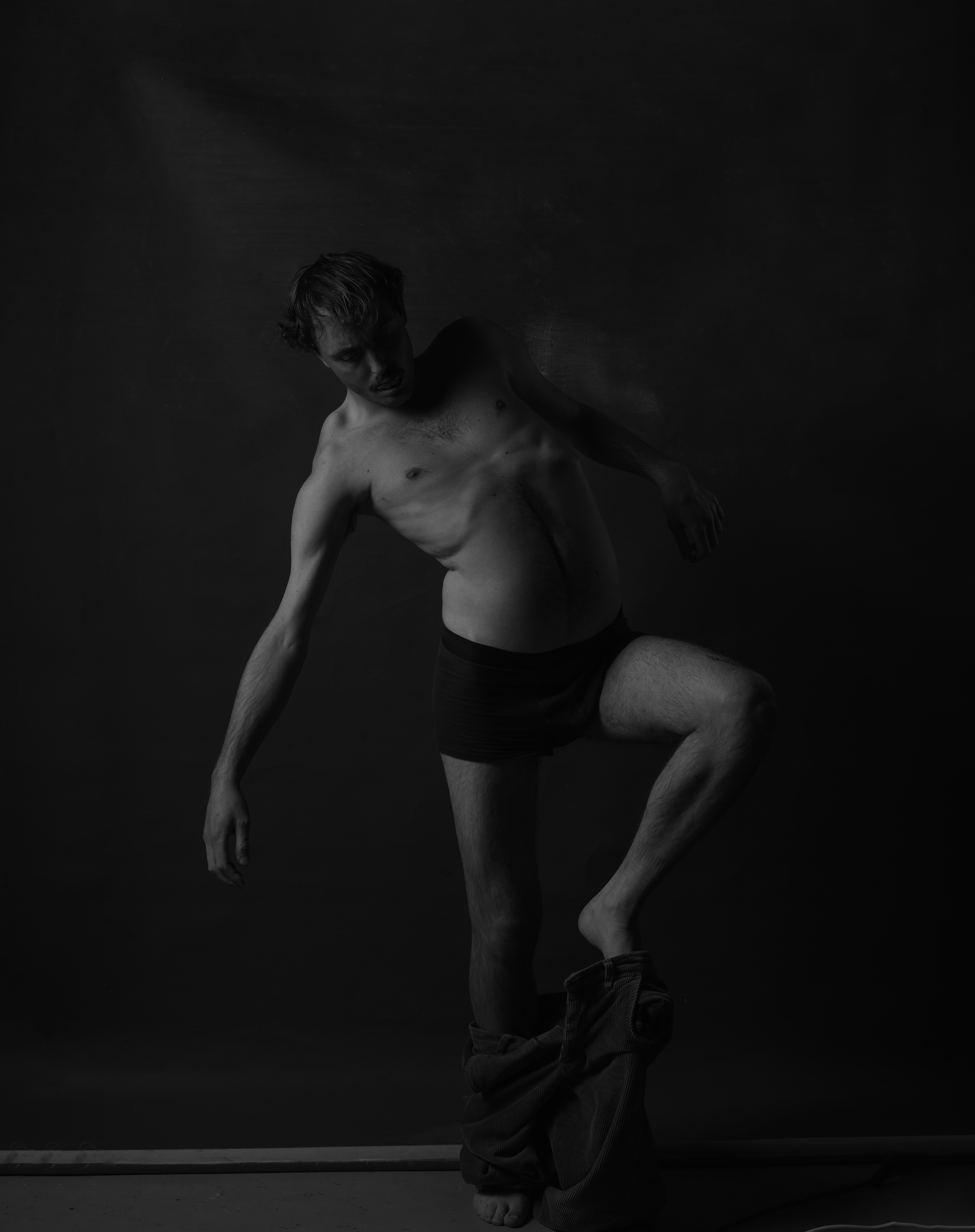
Nowhere Diary
I spoke with the incredibly talented jack moyse about his recent work, here is an excerpt from our conversation.
I spoke with the incredibly talented jack moyse about his recent work, here is an excerpt from our conversation.
What is your Backstory?
I'm a photographer and artist from Swansea in South Wales. I've been making images for roughly ten years having been bought a camera by my dad while recovering from an operation aged 18. I think he thought it'd get me out of moping around the house after what'd been a pretty shitty few years. Camera in hand, I slowly started reintegrating into communities I'd become distant from, living vicariously through the lens.
All of my friends are surfers. Our socials were held in car parks while climbing out of pissy wetsuits, laughing at each other as we went over the falls on closeout shore breaks. When I was diagnosed with FSHD and subsequently operated on, I lost all of this. Photography reunited me with a sense of purpose, the camera becoming my enabler. Suddenly, I felt as though I had something to offer, an ability to tell the stories of those around me.
My eves were opened to photography as an art form when I enrolled on a masters. I was overwhelmed by theory, blown away by the breadth of amazing narratives and documentaries that existed. I've been using photography as my chosen artistic medium ever since, using the camera to express my thoughts and feelings on issues in society I deem necessary to be brought in to focus.
What camera gear/editing setup do you use?
I've never been one to obsess over gear, although I will admit I've accumulated quite a collection of cameras and lenses over the years, much like many fellow photographers.
When I say I'm not all that into gear, what I mean is that I'm not overly particular about what I shoot with. I've never fully embraced the 'film or death' philosophy. For me, it's all about the end result. If a particular method or tool helps me achieve the outcomes I'm aiming for, then I'm happy.
I carry a weathered 35mm SLR with me, no matter where I go. Additionally, I have an equally well-worn Hasselblad that I use for assignments. Equally, I have no qualms about using digital systems. I guess it's the art and the story that matter most to me, I'm not fussy which tool I use to help capture and convey my vision effectively.
How do you achieve the look of your photographs and could you take us through the process?
My photography leans heavily towards black and white, primarily because that's what film stock I could afford when I embarked on what might be the world's most expensive hobby.
My journey into photography's intricacies began in university darkrooms, finding myself utterly captivated by the entire process.
There's something calming about spending extended periods of time under red light, seeing prints magically appear from the slow wash of chemicals. For me, it's a deeply romantic experience, a nostalgic nod to the days of analog ways of working. I usually always make prints of film work, using a high res scanner to enlarge further if the need arises. I like working in this manner, yes it's slow and often fraught with unpredictabilities but the final output feels earned.
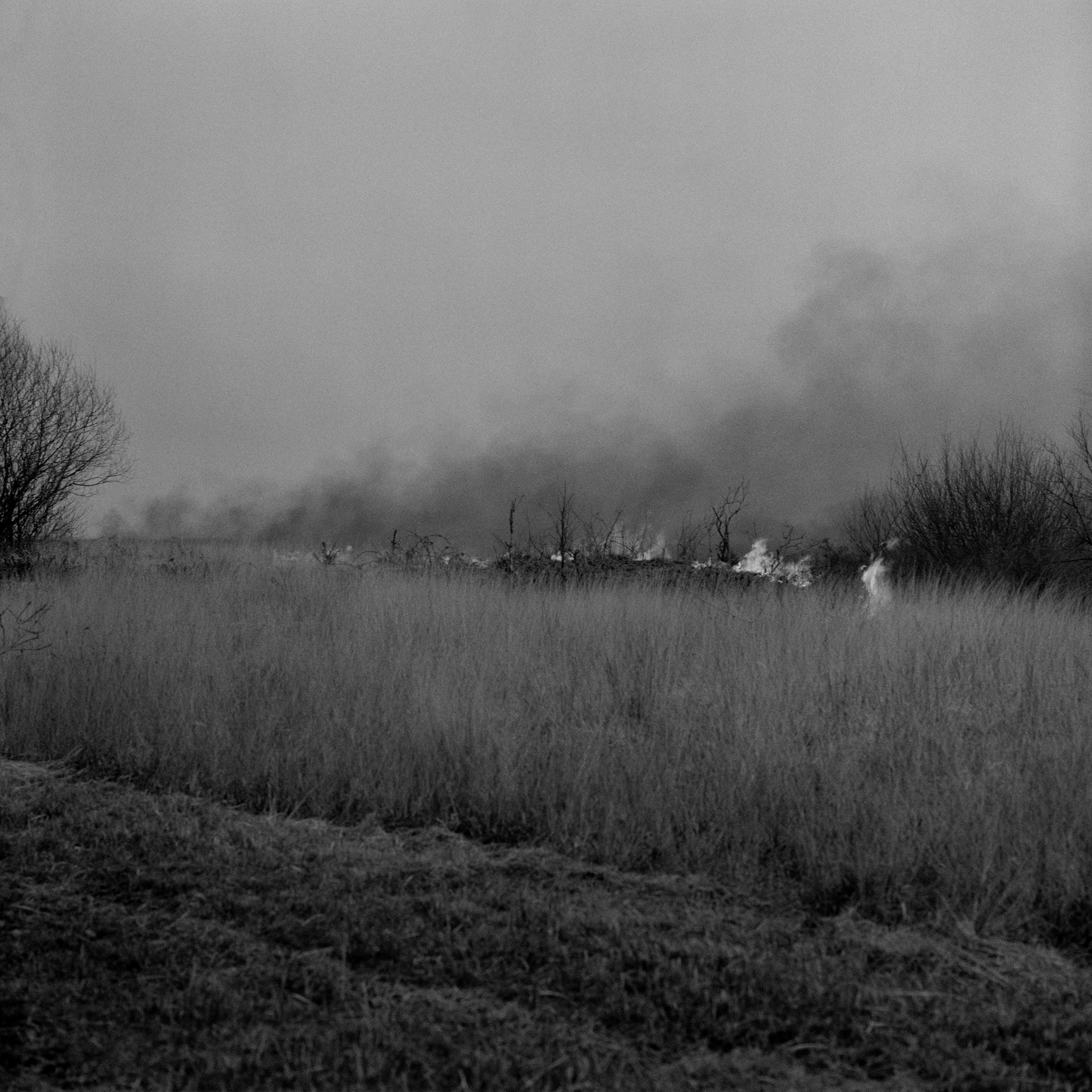
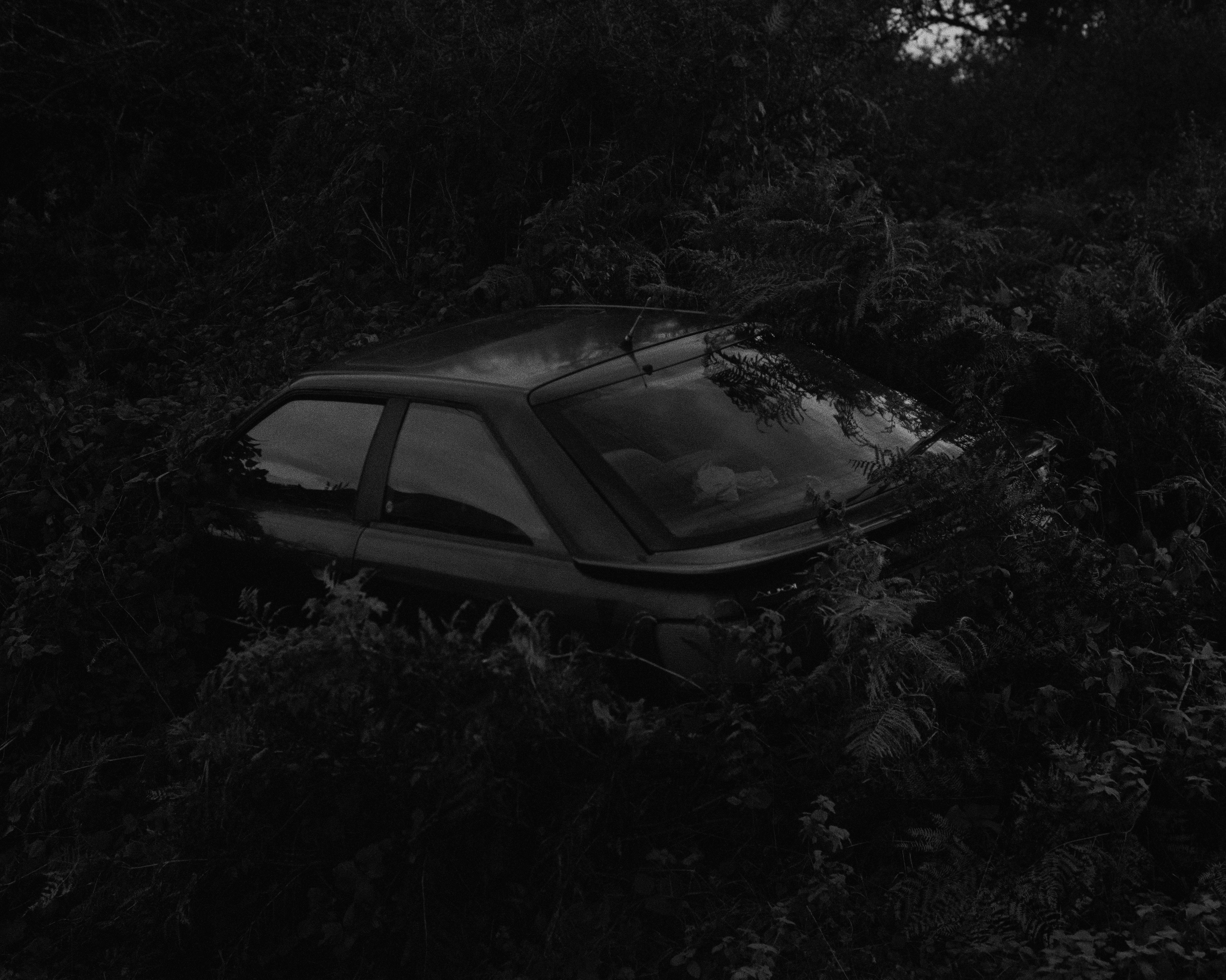
Could you tell us the backstory of some of your photographs?
My main focus for what's now approaching four years has been a project titled 'You and I'.
I was 17 when I was diagnosed with FSHD. Sadly, in what's bound to be a deal breaker for unlikely Hollywood suitors, I can hardly remember any details of the occasion. After they explained how muscular dystrophies are degenerative, the rest of the day became a blur. I have vague memories of my parents crying and being disappointed that I couldn't muster a tear. I can loosely recall asking some quite adult questions about donating blood and having kids. In fact, the only vivid memory I have is of the well-meaning consultant attempting to reassure me (I think) by saying it'd be his "muscular dystrophy of choice". My cliched male response in refusing to discuss the questions and feelings that plagued me for the following 8 years was uncharacteristic but at the time, seemed like the only option.
Perpetrated by an absurd belief that if I ignored the problems for long enough, they'd go away. Sadly, disabilities don't disappear.
I think I can count on one hand those I talked to about my disability during this time. My parents in particular begged me to be more open about the topic but in response to a traumatic diagnosis, stubbornly persisted with my silence. I'm incredibly fortunate that one of the few people I opened up to regarding my feelings on the matter happened to study psychology. They could see how difficult I found discussing the questions that plagued me and suggested another form of action.
When my friend suggested that photography could be the antidote to my struggles to identify with a sense of self I felt compelled to explore. I began by taking self portraits, focusing on the elements of my body I felt the least amount of love for or which reminded me most of my differences. The process slowly became a cathartic ritual, performed in solitude. It forced me to confront elements of my self that I'd long ignored, providing space to consider feelings I'd masked for the previous 8 years.

For the first two and a half years, the project remained a secret, existing for the sole purpose of mapping moods and trying to spot signs of the inevitable dystrophy in progress.
The indexicality that I believed self-portraiture offered was critical in creating a safe space within which I could produce work. It acted as an opening, a foot in the previously locked door through which other ideas have snuck. Although it remains a critical element of the series, the parameters for work created have widened significantly since those beginnings.
As time passed, the project developed from merely questioning my relationship with my physical self to encapsulating more theoretical questionings of the struggles that come with being disabled and the ableist attitudes that underpin them. The projects become far more rounded regarding representing the lived disabled experience, spanning aspects such as relationships, parenthood, mental health and purpose.
Despite clear improvements in how people living with disabilities are treated by their able-bodied peers, it's disheartening to see the prejudiced conditions we still contend with. Limited exposure to normalised disability is partially responsible for shaping the public perspective. Normalising disability requires telling mundane stories, creating grey tones between polarised, stereotypical black and white representations.
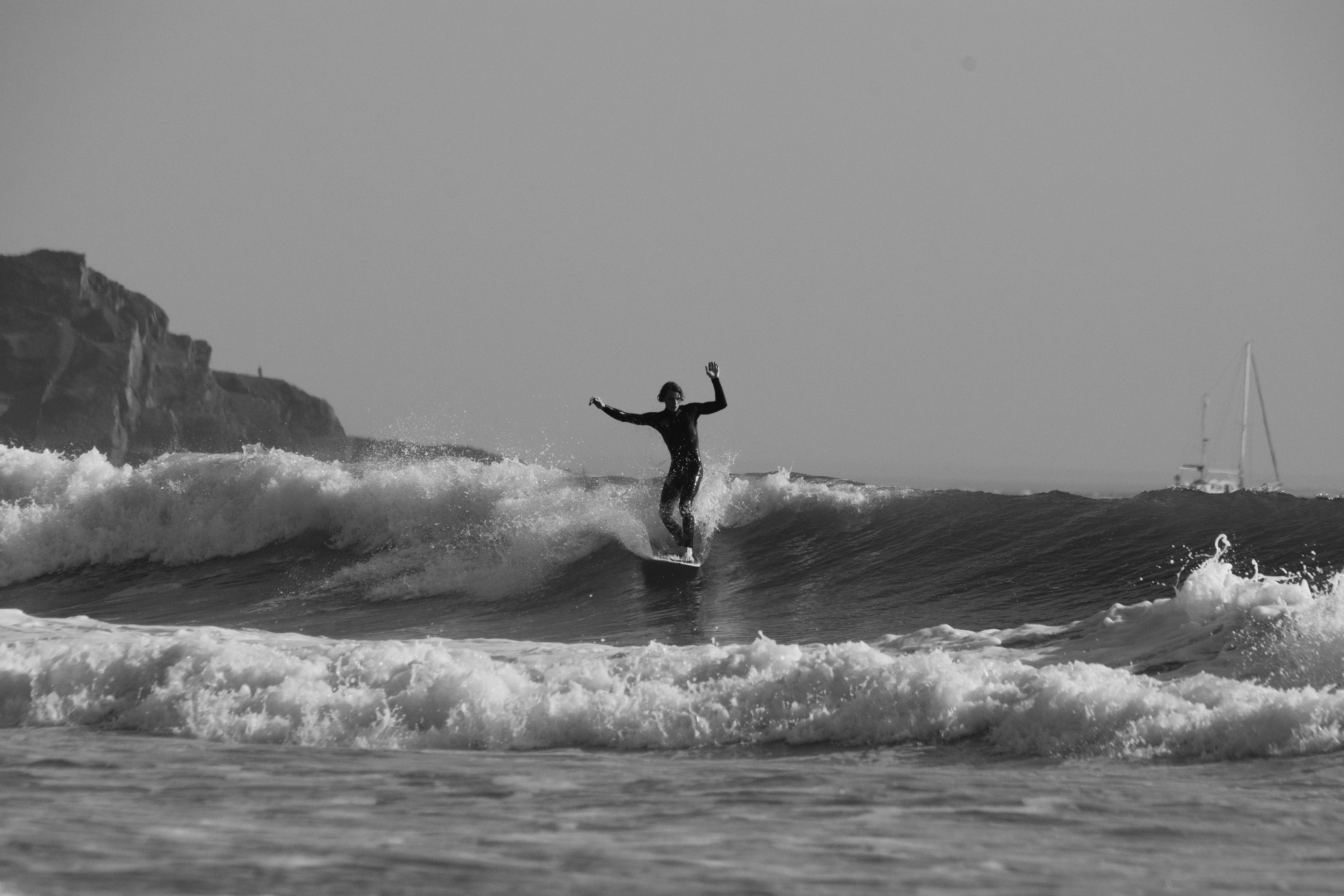
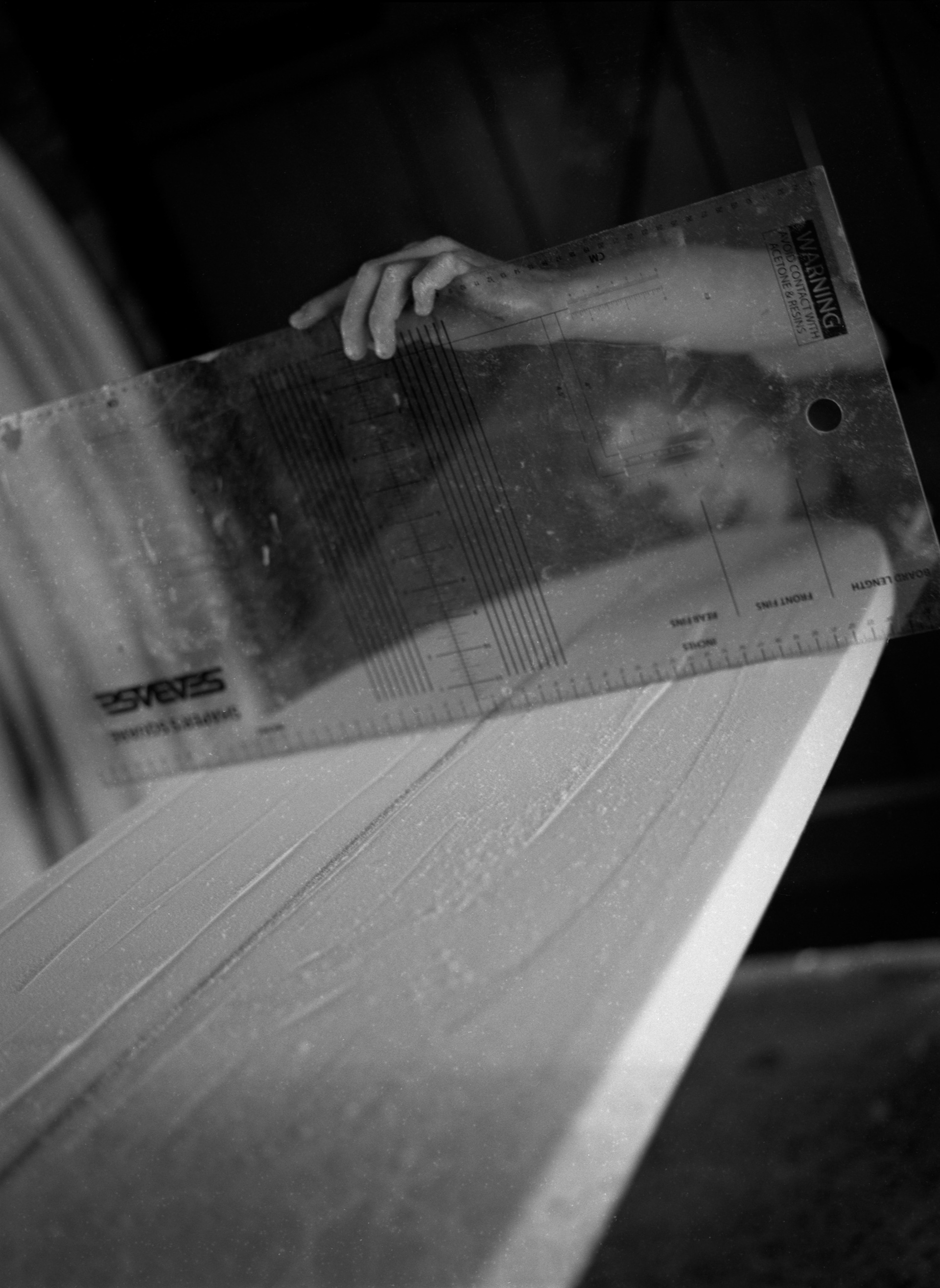
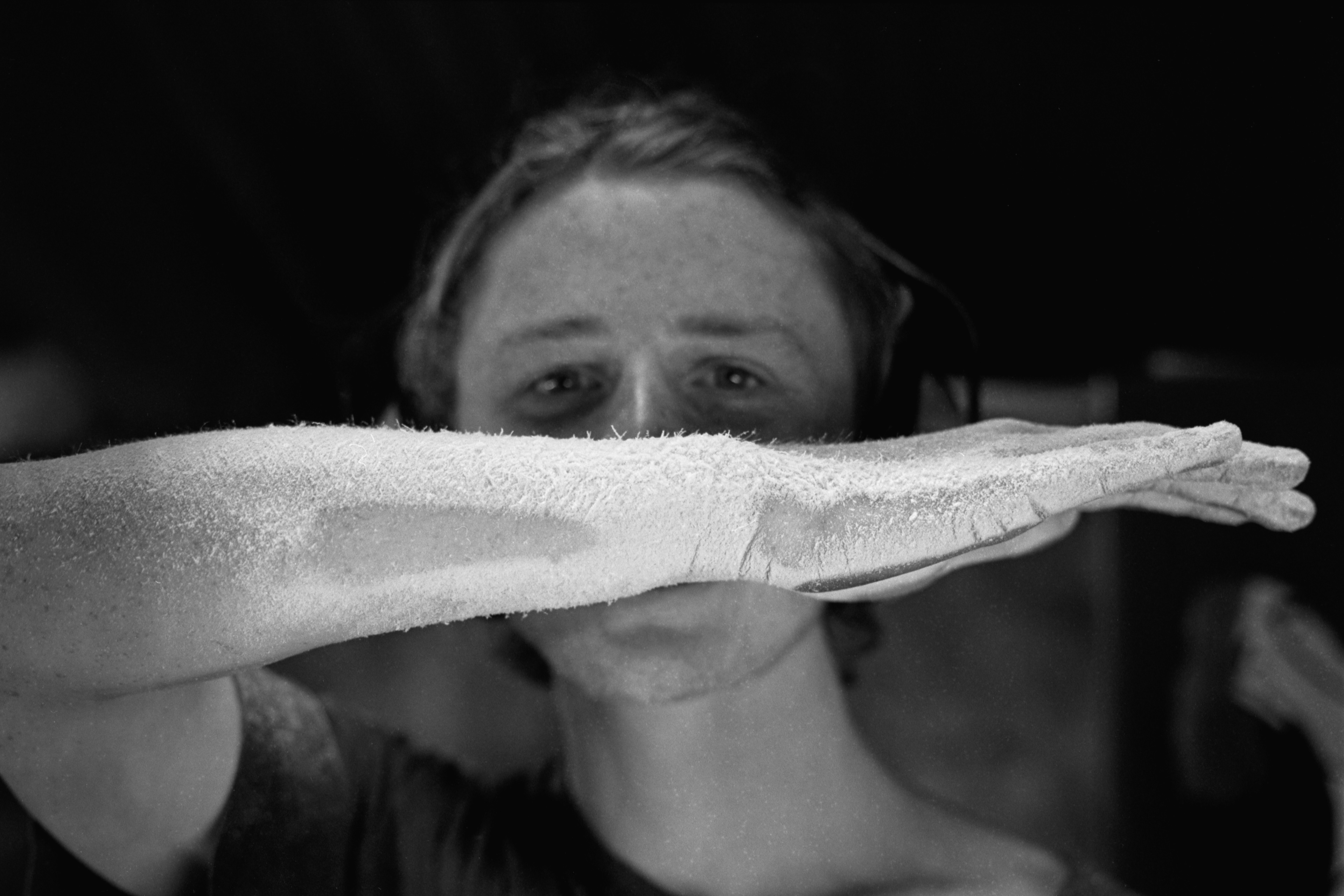
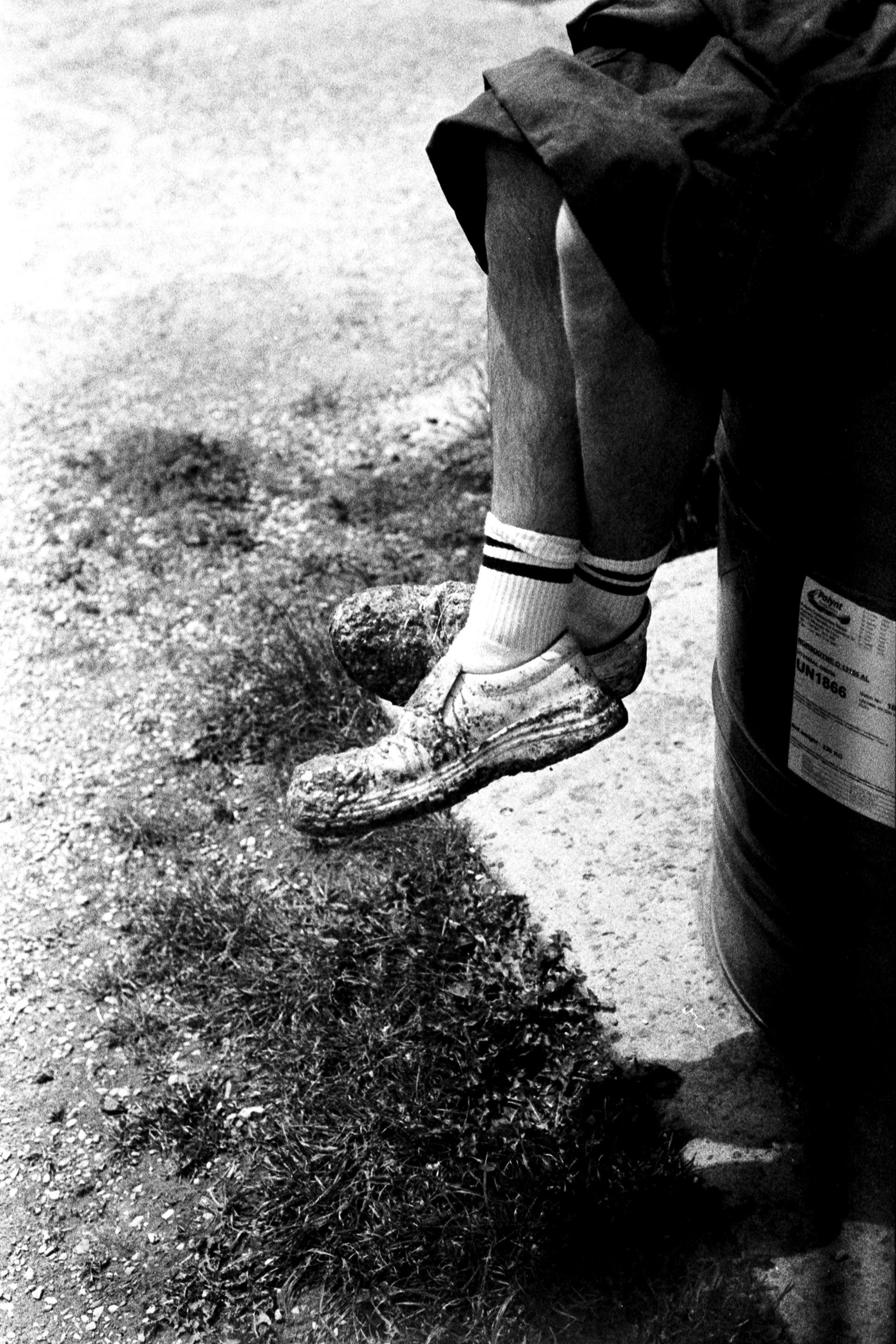
Where do you see yourself as a photographer in 10 years from now?
Honestly, I try not to think too far into the future. Living with a condition which is progressive dictates that I try and live my life in the present, focusing on the here and now rather than worrying excessively of what might become. I hope that I'll still be working with or in photography in ten years time. Photography has been the catalyst for a lot of the good things that have happened in my life and I don't think I'll ever stop being involved with it in some way or another. What that entails as my condition progresses and I become less able, I'm not sure.
What advice do you have for aspiring photographers?
I still consider myself an aspiring photographer so I'm not sure how concrete this advice necessarily is but if I was to speak to my younger self then I'd probably recommend the following:
-Back yourself. If you feel passionately about a certain topic or subject then pursue it without reservations. Inevitably, your passion will come through in your work and the ways you discuss it. Passion is infectious, people are far more likely to be invested in your projects if they can see you care deeply about the work you're making.
-Art is subjective. Building from the previous point, don't be disheartened when you show your work to other people and they don't get it. Some people aren't going to understand why you're making work on a specific topic and that's okay. It's impossible to appeal to everyone.
-Talk to people. Love it or hate it, succeeding in a competitive environment such as photography is about who you know as much as how good your work is. Make sure you turn up to private views and any free events you can afford to attend. Speak to people about your work and create connections with gallery owners, photo editors and experienced practitioners.
-Be kind. The art world can feel quite toxic at times. We are constantly being pitted against one another in order to win grants or open calls. Try not to allow this toxicity to creep into your way of being. I'm a massive believer in treating people with kindness and respect. Be helpful where you can be, support others in their endeavours.
More of Jacks work can be found below so be sure to head there and check it out!
